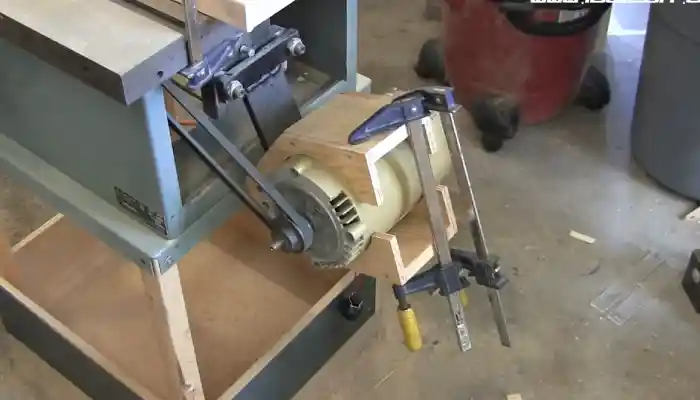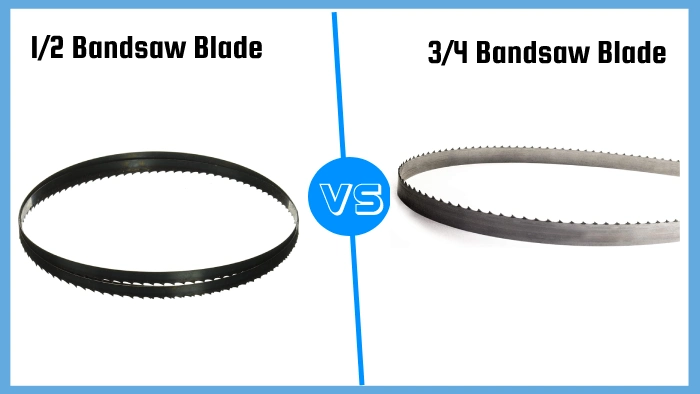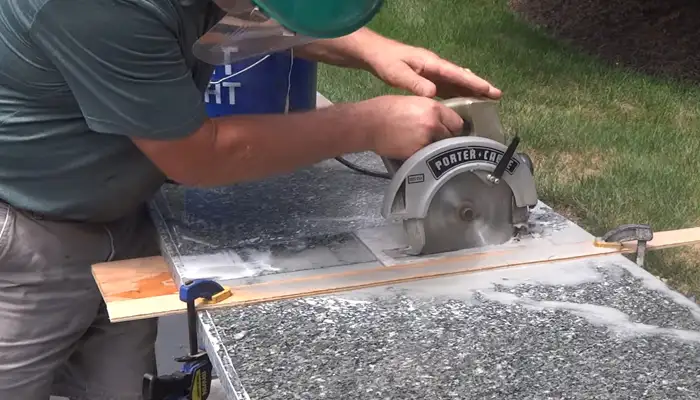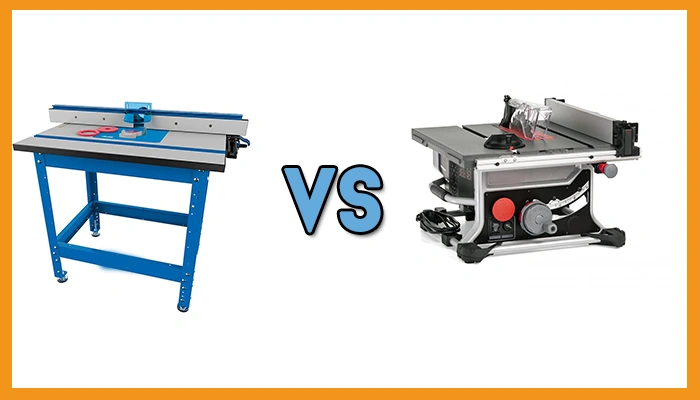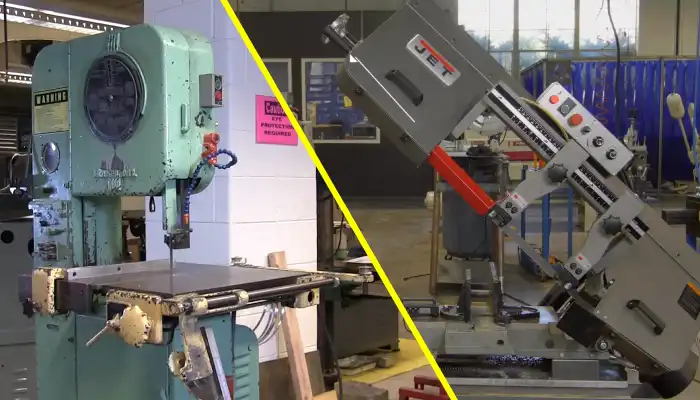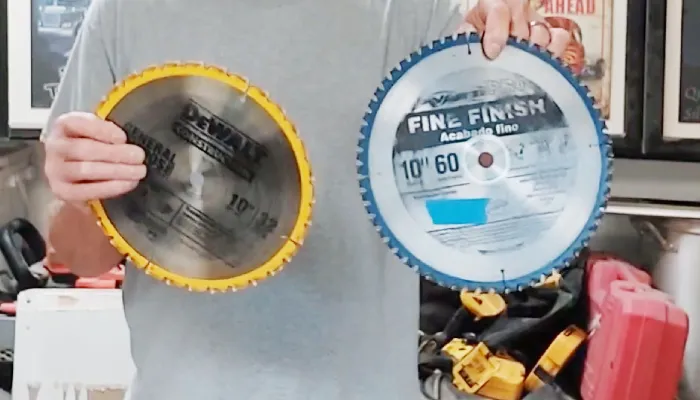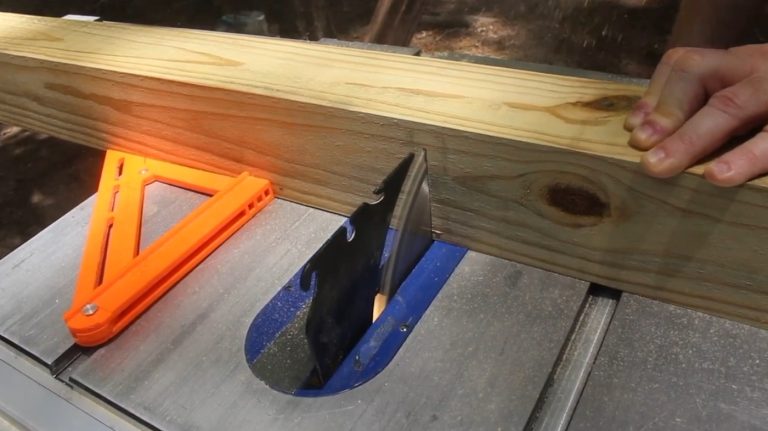Are Table Saw Motors Interchangeable: 8 Factors
Woodworking enthusiasts seeking to optimize the performance of their equipment are passionate about the interchangeability of table saw motors. When table saws age or experience motor failures, upgrading or replacing the motor becomes a practical option.
According to my findings, you can interchange table saw motors. The motor frame size must match the table saw’s to fit properly.
For optimal performance, the motor’s voltage and power specifications must match the table saw. The pulley and belt compatibility is crucial to ensure the motor can effectively transfer power to the saw blade.
Here, I’ll dive into the fascinating world of interchangeable table saw motors and unlock the secrets behind their magic.
Explanation of Why Are Table Saw Motors Interchangeable
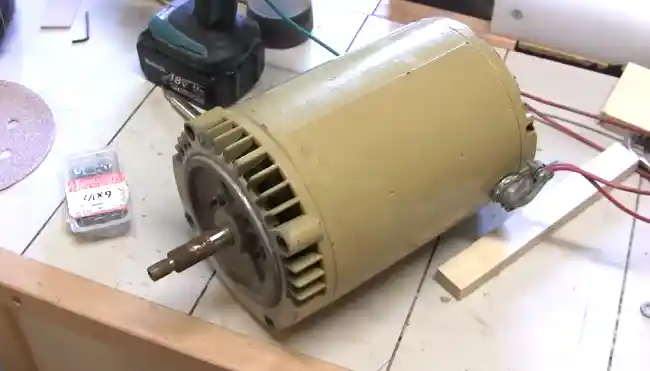
When considering the interchangeability of table saw motors for woodworking, several important points exist.
- Motor frame size compatibility
- Voltage and power requirements
- Pulley and belt compatibility
- Switch and wiring capacity
- Shaft size and configuration
- Cooling mechanism
- Noise levels and vibration
- Cost and budget considerations
No 01: Motor Frame Size Compatibility
I believe motor frame size compatibility is essential for ensuring table saw motors are interchangeable for woodworking. Matching the frame size ensures a proper fit within the saw housing, allowing for secure installation and alignment with the pulley system.
It’s crucial to check and match the frame number to avoid any potential issues with installation and performance. The frame size refers to the physical dimensions of the motor, including the length, width, and height.
Different table saw models may have specific frame size requirements, so it’s important to consult the manufacturer’s guidelines or specifications.
No 02: Voltage and Power Requirements
The voltage requirement of a table saw motor typically depends on the electrical system in which it will be used. Most table saw motors operate at either 120 volts or 240 volts.
I recommend matching the voltage requirement of the original motor to the replacement motor to ensure compatibility and avoid potential damage to the saw or electrical system.
Power requirements, measured in horsepower, also play a significant role in motor interchangeability. Upgrading to a motor with higher horsepower may require adjustments to the electrical system, such as ensuring a suitable circuit and voltage capacity to support the increased power demand.
No 03: Pulley and Belt Compatibility
With careful consideration of pulley and belt compatibility, table saw motors can be easily interchanged for woodworking. When swapping out a motor, it’s important to ensure that the new motor’s shaft diameter matches the pulley’s bore size.
Additionally, the pulley’s groove size and shape should be compatible with the belt’s dimensions and design. Machined pulleys are often preferred over stamped or cast ones for their superior precision and durability.
I know that upgrading to a link belt can also improve power transmission by reducing vibration and minimizing the risk of belt slippage.
No 04: Switch and Wiring Capacity
The stock motor has specific electrical specifications that the switch and wiring are designed to handle. However, when upgrading to a more powerful motor, the electrical demands may exceed the existing switch and wiring capabilities.
This can lead to electrical issues such as overheating, tripping breakers, or even electrical fires. To ensure the safe and efficient operation of the table saw, it’s crucial to evaluate the switch and wiring capacity.
In my opinion, the switch and wiring should be upgraded to accommodate the increased power requirements of the new motor. This will help prevent any electrical problems and ensure optimal performance of the table saw.
No 05: Shaft Size and Configuration
As I know, the shaft size refers to the diameter of the shaft, which must match the arbor size of the saw to ensure a proper fit. Additionally, the configuration of the shaft, including its orientation and threading, is crucial for a secure connection and proper alignment with the saw’s components.
It’s essential to accurately measure the shaft size and inspect the threading to ensure a seamless replacement. If the shaft size and configuration don’t match, the motor may not fit properly, resulting in poor performance, vibrations, or potential safety hazards.
No 06: Cooling Mechanism
Table saw motors can be interchanged for woodworking by considering the cooling mechanism employed by each motor. The cooling mechanism prevents overheating and ensures the motor’s longevity.
One common method is fan cooling, where a fan is mounted on the motor shaft to circulate air and dissipate heat. This type of cooling is effective for motors with low to moderate power output.
Another cooling mechanism is the use of internal cooling fins. These fins increase the surface area of the motor, allowing for better heat dissipation. They’re typically found in motors that require more cooling due to higher power output.
When replacing an old or bad table saw motor, I strongly suggest ensuring that the cooling system matches the requirements of the saw.
No 07: Noise Levels and Vibration
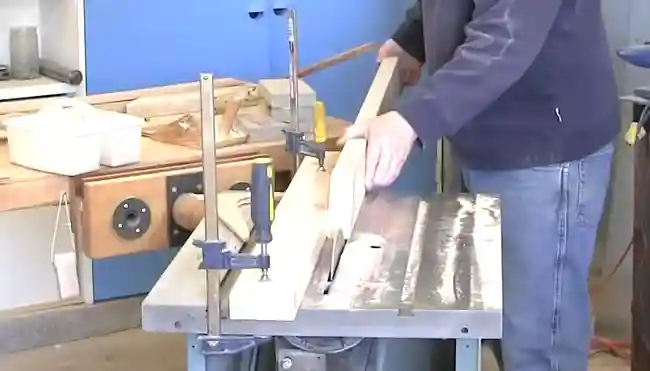
Table saw motor noise levels and vibration can greatly affect the tool’s overall experience. Excessive noise can be distracting and cause discomfort, while excessive vibration can affect the accuracy and precision of cuts.
When choosing a replacement motor, it’s important to consider the decibel level of the motor and its vibration characteristics. Motors with lower noise levels and minimal vibration can contribute to a quieter and smoother working environment, allowing woodworkers to focus on their tasks without distractions.
Additionally, motors with built-in vibration-dampening features can further enhance the stability and performance of the table saw.
No 08: Cost and Budget Considerations
Upgrading to a new motor may lead to improved efficiency, increased power, and a longer lifespan for the table saw. However, it’s essential to consider the price of the motor itself and any additional components or modifications that may be required for installation.
These costs can vary depending on the specific make and model of the table saw and the type of motor being considered. It’s also important to factor in any potential savings regarding reduced energy consumption or maintenance costs over time.
Can I upgrade my table saw motor to a higher horsepower one?
As far as I know, you can upgrade your table saw motor to a higher horsepower one. Upgrading the motor can significantly improve your table saw’s cutting power and efficiency. To ensure a successful and safe installation, it is recommended that you consult the manufacturer’s guidelines or seek professional advice.
Is RPM important when changing the motor on a table saw?
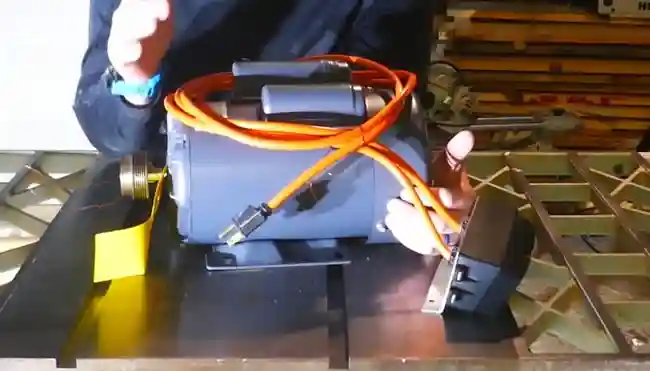
I believe RPM compatibility of a new motor is crucial when changing the motor on a table saw. The RPM rating determines the motor’s rotational speed, which directly affects the saw’s performance.
Selecting a replacement motor with a significantly different RPM than the original can lead to various issues. If the RPM is too low, the blade may not spin fast enough, resulting in inaccurate cuts and reduced efficiency.
On the other hand, if the RPM is too high, the blade may spin too fast. It causes overheating, increased wear on the saw blade and motor components, and potential safety hazards.
It’s essential to consult the manufacturer’s specifications and documentation to ensure that the replacement motor’s RPM closely matches the original motor’s RPM for optimal performance and longevity of the table saw.
Understand the Multifaceted Factors of Table Saw Motor Replacement
Table saw motors can be interchangeable for woodworking purposes, allowing for upgrades to higher horsepower motors. However, it comes with the responsibility of adhering to manufacturer guidelines and understanding the saw’s structural and electrical capabilities.
While RPM is an important factor to consider when changing the motor on a table saw, it is just one piece of the puzzle. A properly connected and compatible replacement motor is also important to ensure the blade size, arbor length, and other factors are suitable for the project.
You can confidently embark on motor replacement endeavors if you understand the multifaceted factors I outlined above. It will ensure that their table saws continue to be reliable companions in the creation of precision-crafted woodwork.

